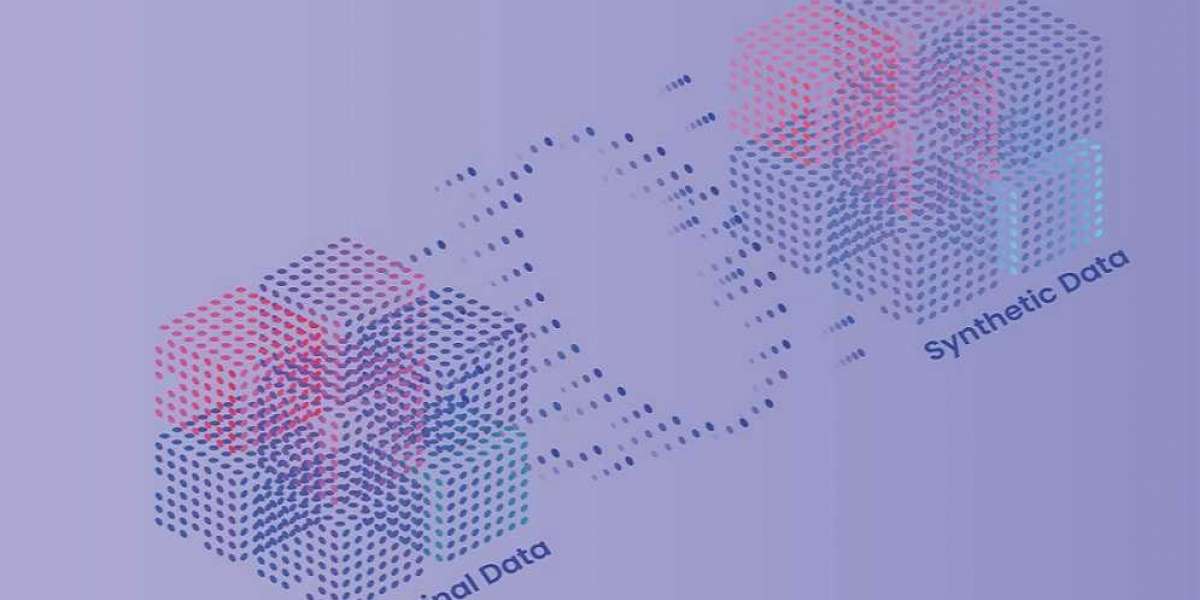In the age of big data, where information drives decisions and innovations, synthetic data generation has emerged as a transformative technology. This approach involves creating artificial data that mimics real-world data without directly using actual data from individuals or systems. Synthetic data is rapidly becoming a game-changer across various industries, from healthcare to finance and beyond. Here’s a closer look at synthetic data generation, its benefits, applications, and future prospects.
What is Synthetic Data Generation?
Synthetic data generation involves creating data that is not directly derived from real-world observations but is instead generated through algorithms and models. This artificial data simulates the statistical properties and patterns of real data, making it useful for a range of applications while preserving privacy and reducing data limitations.
Why Synthetic Data?
Privacy and Security: With increasing concerns about data privacy and regulations like GDPR, synthetic data offers a way to use and share data without exposing sensitive information. It allows organizations to develop and test models without risking the privacy of individuals.
Overcoming Data Limitations: In many cases, real-world data might be incomplete, biased, or insufficient for training machine learning models. Synthetic data can fill these gaps, providing a more robust and balanced dataset for analysis.
Cost-Effectiveness: Collecting and processing large volumes of real-world data can be expensive and time-consuming. Synthetic data generation can be more cost-effective, especially when data needs to be generated at scale.
Improving Model Performance: Synthetic data can be used to create diverse scenarios that might not be present in real-world data. This helps in improving the robustness and generalization of machine learning models by exposing them to a wider range of conditions.
Applications of Synthetic Data
Healthcare: Synthetic data is revolutionizing healthcare by enabling the creation of realistic patient datasets for research and development. It helps in training algorithms for disease detection, medical imaging, and personalized treatment plans without compromising patient confidentiality.
Finance: In the financial sector, synthetic data helps in developing and testing fraud detection systems, risk assessment models, and trading algorithms. It provides a controlled environment for assessing performance without exposing real financial data.
Autonomous Vehicles: Self-driving cars rely on extensive data to train their algorithms. Synthetic data allows for the simulation of various driving conditions and scenarios, enhancing the vehicle’s ability to handle complex real-world situations safely.
Retail: Retailers use synthetic data to optimize supply chain management, predict consumer behavior, and personalize marketing strategies. By generating artificial consumer data, businesses can experiment with different strategies without relying solely on historical data.
Cybersecurity: Synthetic data helps in creating realistic cybersecurity threat scenarios for training and testing security systems. It allows for the simulation of various attack vectors and responses, improving the resilience of cybersecurity measures.
Challenges and Considerations
While synthetic data offers numerous benefits, there are challenges to consider:
Data Authenticity: Ensuring that synthetic data accurately reflects real-world conditions and maintains statistical validity is crucial. Poorly generated synthetic data can lead to inaccurate model training and unreliable results.
Ethical Concerns: The use of synthetic data must be managed carefully to avoid misuse. Ensuring transparency and maintaining ethical standards in data generation practices is essential.
Integration with Real Data: Combining synthetic data with real data requires careful handling to ensure consistency and relevance. Balancing both types of data is important for achieving the best results in model development.
The Future of Synthetic Data
As technology continues to advance, the capabilities of synthetic data generation are expected to grow. Enhanced algorithms, improved data generation techniques, and increased adoption across industries will likely drive innovation and create new opportunities. Synthetic data will play a pivotal role in addressing data scarcity, improving model performance, and safeguarding privacy.
In summary, synthetic data generation is reshaping how we approach data-driven challenges. Its ability to provide privacy-preserving, cost-effective, and diverse datasets makes it a powerful tool in the modern data landscape. As we continue to explore its potential, synthetic data will undoubtedly become an integral component of many industries, paving the way for more advanced and ethical data solutions.







